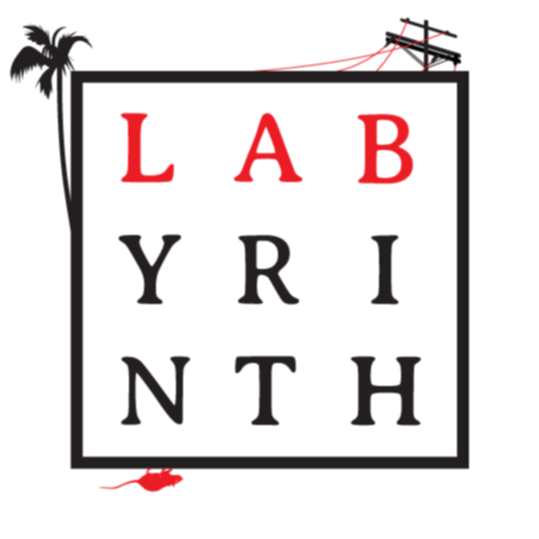Kelty, Christopher M., (2023) The Ecological Origins and Consequences of the Rodent Bait Station: From WWII Britain to Contemporary California, Medical Anthropology, 42:4, 397-414, DOI: 10.1080/01459740.2023.2213390 (Download a copy)
Abstract
This article describes the origin of the rodent bait station, a globally distributed system for controlling rats, currently creating a secondary ecological crisis affecting wildlife who eat rats that have eaten the poison. I argue that this system is tied to settler colonial places like California and that banning poison will not address the crisis. It details the history of this box as a scientific ecological solution to rat control, created by Charles Elton and his research group during WWII. I pair this account with an account of contemporary science into the ecological crisis of rodenticides.
Kelty, Christopher M. (with Anjelica Sayno). 2021. “The ecology of the bait station.” Labyrinth Project Working Paper. (Download a copy)
Abstract
Bait stations are the small black boxes tucked along the edge of buildings and property lines nearly everywhere in the world. Inside, they hold a rodenticide aimed primarily at killing Rattus rattus and Rattus Norwegicus–black and brown rats, humans’ most successful, widespread, and despised companion/commensal/synanthropic species. Outside they connect rats and the poison they eat to problems of the secondary poisoning of predators, to the desperate attempts to eradicate an animal associated with disease, property damage, ecological destruction, and the extinction of native species. This paper reports on research among pest control professionals, residents, and academic biologists into the management of commensal pests in Los Angeles by examining the case of a small, unassuming technology designed to remediate the effects of human domination of the planetary ecology. Inside this anthropocene-in-a-box we explore the the chemical ingenuity of bait blocks with their poisons, attractants, food and binders, the unexpected wealth of insects and reptiles the boxes harbor, and the legal and economic role they play in a working class pest control industry. Outside the box, the secondary and sublethal effects of rodenticide connect up the affective economies of animal activists and wealthy residents of a “biodiversity hotspot” under threat, with homeless crises, typhus outbreaks, and a city struggling with new governmental forms of sustainability and resilience.
Kelty, Christopher M.. 2021. “The Rodent Bait Station as Reservoir.” Conference Paper presented at “Reframing Disease Reservoirs: Histories and Ethnographies of Pathogens and Pestilence”, St. Andrews University, May 28. (Download a copy)
Abstract
Based on two years of fieldwork with pest control professionals in Los Angeles, California, this paper opens up the last black box: the rodent bait station; the small, ubiquitous black boxes used to deliver poison to black and brown rats in cities around the world. The rodent bait station is a reservoir, a refuge, and a refractory element of urban ecologies today. It is an element of and in the urban ecology—one that serves as a food resource and safe nesting spot, as much as a killing chamber. It purports to keep the population of rats—the reservoir of the most dread diseases—by providing a steady diet of a poison which accumulates so effectively that there is no animal in the food chain in California without traces of it in their bodies. To save its mountain lions, California placed a moratorium on anticoagulant poisons in 2020, leading some to predict a rat apocalypse and the next pandemic. Underestimated in all of this talk of disease and off-target poisoning, the black box simply disappears (as it was always designed to do), even though it is the key to understanding how the livelihood working class, mostly white pest control technicians intersects with the temporality of anti-coagulant poisons, wildlife activists, disease monitoring veterinarians, and the strange logics of contemporary pest control capitalism.

